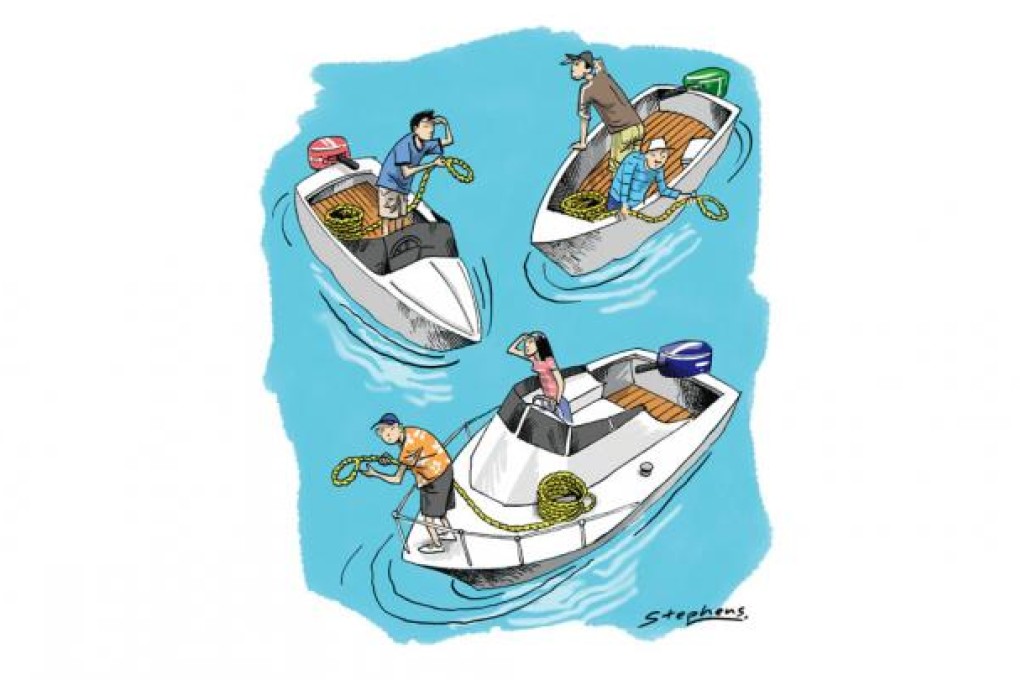Hong Kong needs more public water sports facilities
Paul Zimmerman says Hong Kong needs someone to champion development of public facilities to cope with the growing interest in recreational marine and water sports activities

In his election manifesto, Chief Executive Leung Chun-ying affirmed the "social value of Hong Kong waters", and promised to establish a fund to provide local fishermen with skills training to replace traditional fishing with "new methods of sea-based operations", and to promote the sustainable use of Hong Kong waters.
We also need waterfront land and funding for piers and public boat storage facilities - and a clear indication of who in government will be responsible for supporting these new sea-based operations.
For a long time, Hong Kong's waters were predominantly used for commercial operations including transport and fishing, and our coastlines in Aberdeen and around Victoria Harbour were aligned with shipyards, wharfs, cargo working areas, fish markets, ice factories and other port operations. With manufacturing moved to the mainland, and the recently imposed trawling ban, the profile of our marine industry is changing. Recreational marine and water sports activities are growing, while commercial operations are declining.
A growing number of people want to enjoy Hong Kong's archipelago of 263 islands, spectacular 733-kilometre coastline, white sand beaches and blue waters. The Sai Kung pier is crowded on weekend mornings with boaters. Small sampans are rented at Eastern Channel next to Tseung Kwan O, To Tau beach in Tolo Harbour or at Ting Kau beach by people who go fishing. Sailing regattas are held in Port Shelter, Victoria Harbour and off Middle Island. Junks and yachts sail out of Aberdeen to quiet bays. Windsurfers set off from Stanley and Cheung Chau. Catamaran sailors ready their boats in Discovery Bay and Tai Tam Harbour. Tourists enjoy tours of Victoria Harbour and Lamma's fish restaurants. Weekenders take small ferries to remote islands.
This growth has taken the government by surprise. Government water sports centres are short of space. Private marinas are full and have long waiting lists. In any case, their membership fees are unaffordable for most.
Many more people would like to keep a boat, surfboard or canoe. But unlike Europe and the US, no one has a yard or shed to store equipment. Importantly, most people don't own a car and it is impossible to take a surfboard on the MTR.
This does not stop some people from owning boats. They are willing to risk tying their boat up under a tree, onto rocks, under bridges or in communal areas in typhoon shelters. Hong Kong has yet to build public recreation clubs along the coastline where people can keep boats and water sports equipment dry and safe at an affordable cost.